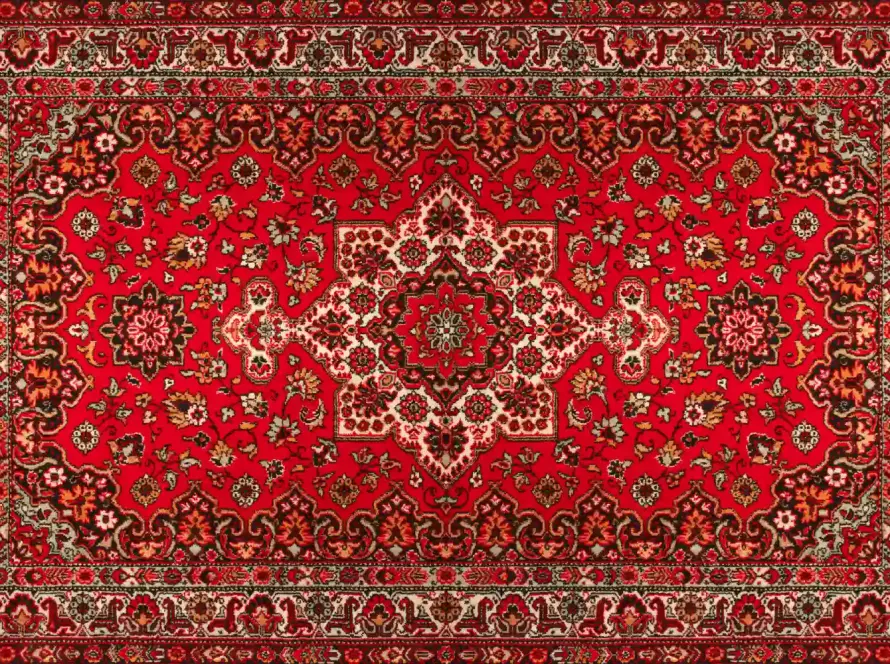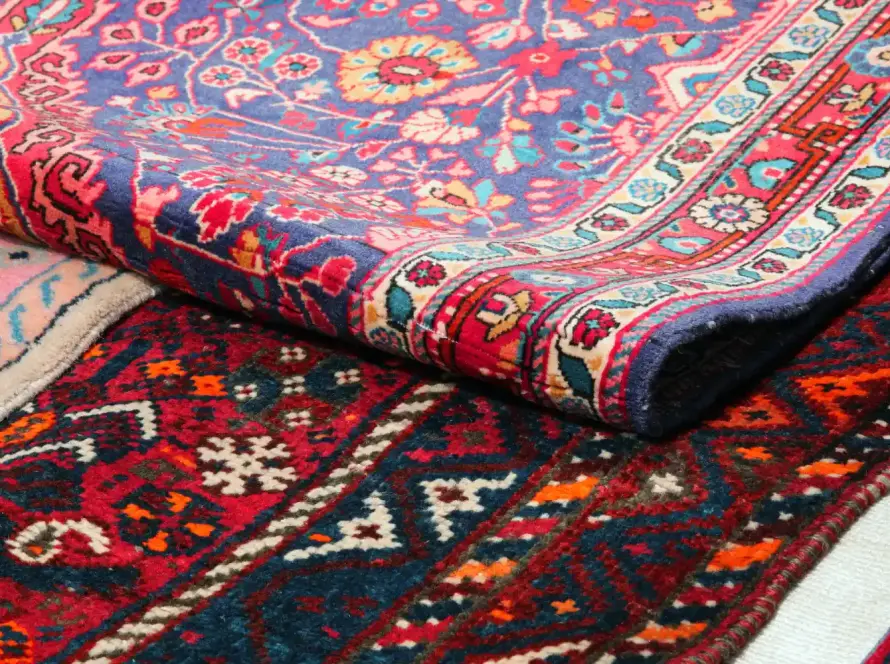Berber patterns blend deep cultural symbolism with contemporary digital art, creating a unique intersection of tradition and modernity. These intricate designs, rich with meaning, inspire various applications in fashion and interior design, merging historical significance with sleek aesthetics. As artists adopt technology, they reinterpret these motifs, making them accessible and relevant today. The evolution of Berber-inspired digital art also hints at exciting innovations on the horizon, inviting you to explore even more dimensions of this vibrant cultural legacy.
The Historical Significance of Berber Patterns
Although you might see Berber patterns as mere decorative elements in modern design, their historical significance runs deep, reflecting the rich cultural tapestry of North Africa. These intricate designs are steeped in Berber symbolism, representing concepts like fertility, protection, and community. Each pattern carries a story, often linked to the lives and beliefs of the Berber people, making their historical textiles not only functional but also deeply meaningful. As you explore these patterns, you’ll uncover their role in traditional weaving practices, where artisans used them to convey messages and preserve their heritage. By integrating these motifs into contemporary design, you connect with a lineage that transcends time, honoring the artistic expression and cultural identity of the Berber community.
The Transition From Traditional to Digital Art
As the world evolves, so do the mediums through which art is created, and the transition from traditional to digital art has transformed how Berber patterns are perceived and utilized. You’ll notice that traditional techniques, once rooted in manual craftsmanship, have found new life through digital transformation. Artists now blend age-old motifs with modern tools, allowing for a wider range of expression. This shift not only preserves the cultural essence of Berber patterns but also enhances their accessibility and versatility. You can explore intricate designs that reflect authenticity while embracing contemporary aesthetics. The digital realm invites experimentation, enabling you to reinterpret these patterns in ways that resonate with today’s audience, merging heritage with innovation for a fresh artistic dialogue.
Contemporary Applications of Berber Motifs
The fusion of traditional Berber patterns with modern design has led to exciting applications across various contemporary fields, from fashion to interior design. You’ll notice that textile applications often incorporate these intricate motifs, transforming garments and home decor into striking statements. Designers skillfully blend Berber elements with minimalist aesthetics, creating pieces that celebrate cultural heritage while appealing to modern sensibilities. Imagine a sleek, monochromatic sofa adorned with a bold Berber-printed throw, or a chic dress featuring subtle pattern details that catch the eye. This harmonious blend not only enhances visual appeal but also evokes a sense of authenticity and depth in design. By embracing these motifs, contemporary creators keep the spirit of Berber art alive, making it relevant for today’s audience.
The Cultural Exchange: Berber Patterns in Global Design
When you explore the global design landscape, it becomes clear that Berber patterns have transcended their cultural origins to inspire a diverse array of artistic expressions worldwide. This cultural exchange showcases how these intricate designs, steeped in rich cultural symbolism, resonate with various design aesthetics. You’ll find Berber motifs in fashion, interior design, and digital art, each iteration reflecting a blend of tradition and modernity. The patterns’ geometric forms and earthy colors evoke a sense of connection to nature, appealing to contemporary sensibilities. As designers draw on this global inspiration, they not only honor the Berber heritage but also create a dialogue that enriches the world of design, fostering appreciation for cultural diversity and creativity.
Future Trends: The Evolution of Berber-Inspired Digital Art
Berber-inspired digital art is poised for significant evolution, merging traditional motifs with cutting-edge technology. As you explore this exciting frontier, you’ll notice several emerging trends that highlight digital innovation and design sustainability:
- Augmented Reality: Artists are leveraging AR to create immersive experiences, allowing viewers to interact with Berber patterns in real time.
- 3D Printing: You’ll see intricate Berber designs transformed into tangible objects, bridging the gap between digital and physical realms.
- AI Collaboration: Innovative algorithms are helping artists generate unique designs inspired by traditional patterns, emphasizing creativity and efficiency.
- Eco-Friendly Materials: There’s a growing focus on using sustainable resources in digital art, ensuring that the beauty of Berber culture is preserved for future generations.
These shifts promise to redefine how we perceive and create art.
Frequently Asked Questions
How Can I Learn to Create Berber-Inspired Digital Art?
To create Berber-inspired digital art, explore online digital tutorials that focus on pattern techniques. Experiment with geometric shapes and earthy colors, and immerse yourself in Berber culture to enhance your creativity and authenticity.
Are There Specific Software Tools Recommended for Designing With Berber Patterns?
For designing with Berber patterns, tools like Adobe Illustrator excel in vector design and pattern creation. They allow you to manipulate intricate designs easily, ensuring your creations capture the essence of traditional motifs while maintaining modern aesthetics.
Where Can I Buy Modern Designs Featuring Berber Motifs?
You can explore online marketplaces like Etsy and Amazon for modern designs featuring Berber textiles. These platforms showcase unique interpretations, blending traditional motifs with contemporary aesthetics, allowing you to find pieces that resonate with your style.
What Are Some Notable Artists Who Incorporate Berber Patterns in Their Work?
You’ll find contemporary artists like Hassan Hajjaj and Zineb Sedira embracing Berber influences, blending traditional motifs with modern aesthetics. Their works reflect a vibrant dialogue between heritage and innovation, celebrating cultural identity through striking visual narratives.
How Do Berber Patterns Differ From Other Ethnic Patterns in Design?
Berber patterns stand out due to their unique cultural significance, using geometric shapes that convey stories and heritage. Unlike other ethnic designs, they fuse tradition with modernity, creating a distinct visual language that resonates deeply.

